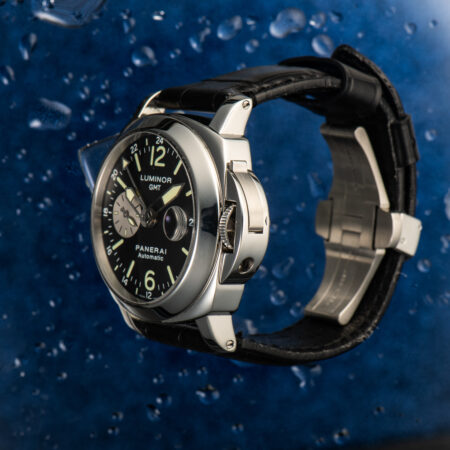After years of managing multiple timepieces and countless dialogues within the collector community, I’ve found conventional watch maintenance advice often misses the nuanced realities collectors face. Here’s what practical experience reveals about keeping collections pristine without unnecessary expense.
Realistic Service Intervals: Experience Over Guidelines
Manufacturers typically recommend servicing every 4-7 years. But when managing a rotation, each watch gets significantly less wrist time, drastically reducing wear.
Consider this:
- A daily-worn watch ticks approximately 252 million beats annually.
- Watches in rotation see only a fraction of that usage.
Many seasoned collectors comfortably extend service intervals to 8-10 years without reliability issues. However, extending beyond 10 years—even for rotation pieces—significantly increases risk and requires vigilant monitoring.
Choosing Independent Watchmakers Wisely
Independent watchmakers offer significant savings, typically charging 40-60% less than authorized service centers for equivalent quality.
Critical criteria when selecting an independent:
Confirm brand-specific training and certifications.
Ensure warranty validity remains unaffected, as using independent watchmakers may void manufacturer warranties on newer pieces.
The right watchmaker ensures top-tier service without premium pricing. For highly complicated or vintage watches, only specialists with specific expertise should be trusted, as improper servicing can cause irreversible harm.
Condition-Based Servicing: Listening to Your Watches
I’ve moved beyond calendar-based maintenance to a condition-based approach. Here’s what to monitor closely:
Timekeeping Accuracy: Variations exceeding ±15 seconds per day warrant attention.
Power Reserve: A noticeable reduction often signals mainspring or lubrication issues.
Mechanical Anomalies: Issues like date changes at incorrect times or irregular crown resistance require prompt investigation.
Such symptoms rarely emerge suddenly—attentive owners benefit from early warnings.
Vintage Watch Considerations
Vintage pieces demand special attention. If a vintage watch hasn’t been serviced within the past 4-7 years, immediate inspection is essential.
Parts availability is a major challenge; preemptive maintenance avoids complex custom repairs.
Prioritize immediate thorough inspection and necessary part replacements upon acquisition.
Pragmatic Approach to Water Resistance
Contrary to common recommendations, gasket replacement and pressure testing annually might be unnecessary for watches rarely exposed to water. Extending intervals here is feasible for dry-land watches, delivering cost savings without risking significant damage. However, even rarely-worn watches can experience gasket degradation, so periodic checks every 2–3 years are advisable.
If your lifestyle includes regular water exposure, annual maintenance remains essential.
Effective Documentation: Protecting Value
Beyond basic receipts, detailed logs covering daily rates, power reserves, and environmental factors are invaluable. Comprehensive records:
Predict future servicing accurately.
Provide transparency during resale, boosting buyer confidence and watch value.
Financially Smart Maintenance Planning
Allocating around 2-3% of your collection’s total value annually into a dedicated maintenance fund smooths out service costs. A structured approach eliminates financial strain and ensures timely servicing.
Strategic Timing for Brand Services
Timing your service requests during slower periods (January-March) typically results in quicker turnaround and occasionally lower costs due to seasonal promotions.
Balancing Originality and Cost
For non-investment pieces, quality aftermarket components can save significantly. Investment-grade watches, however, require original parts to maintain their value. Distinguishing your collection accordingly is crucial.


